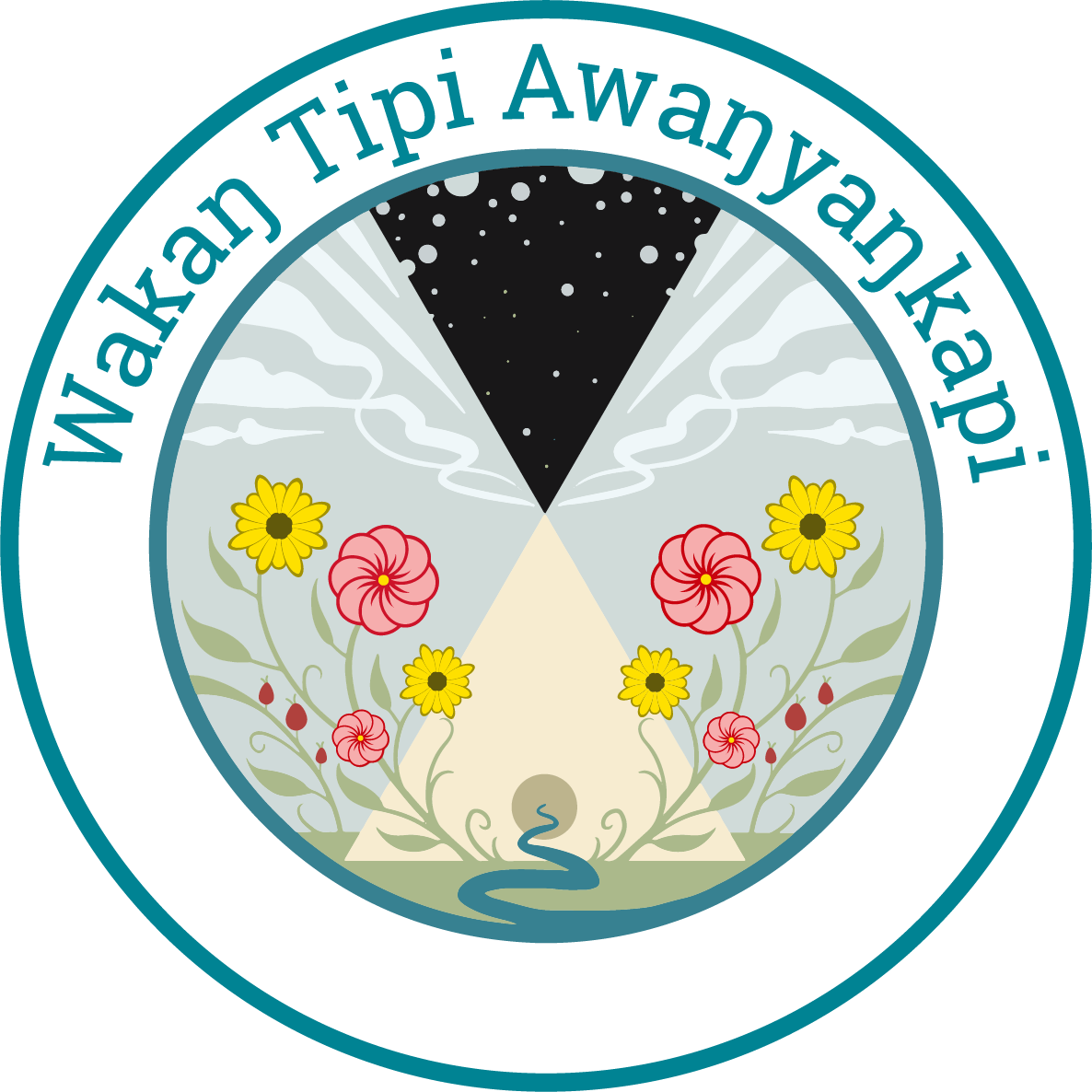Each year, Earth Month and Earth Day arrives in April as the snows disappear in Minnesota, too often revealing a season’s worth of trash and debris. The first Earth Day on April 22nd, 1970, saw over 20 million Americans, most of them young college students, pick up trash and take to the streets to protest a deteriorating environment. Most had grown up in a world where smog, river pollution, and oil spills were normalized as a product of industry and therefore societal advancement. But they had had enough. Together with allies on both sides of the aisle and an awakened base of rich and poor, urban and rural support, Earth Day was followed by a wave of meaningful action, including the establishment of the U.S. EPA and the passing of the Clean Air and Clean Water Act within the decade.
Earth Day marked a great shift in the public consciousness, but it should be noted that this shift occurred within the dominant culture, sparking a movement that was initially less diverse and inclusive. For Indigenous peoples of Turtle Island, the first Earth Day must have felt long overdue and in many ways too late. In just a lifetime, Native ancestors saw the land they loved, from the pristine fishing waters on the east coast to the ancient forests in the west, desecrated, degraded, and in many cases altogether lost.
In St. Paul, the 1970’s saw a completely altered Wakáƞ Tipi become deserted by the railroad, with the surrounding city dumping everything from refrigerators and TV’s to household trash at a site that was still sacred to the Dakota Nation. For those old enough to remember, unpermitted dumps dotted the landscape in St. Paul, from Swede Hollow to Pig’s Eye and beyond.
The area of Wakáƞ Tipi - Bruce Vento Nature Sanctuary in 1902 and 2020.
Although much has changed and many many improvements have been made in the half-century since the first Earth Day, it is clear we now need another great shift in thinking – a change to the way we see ourselves and the way our society relates to Iná Makóc̣e - Mother Earth. A common lesson in Dakota culture is this: if you don’t treat something with wóohoda - respect, be it a human, plant or animal relative, you will lose it. Everyday we still lose precious species of plants and animals to extinction, with more and more endangered every minute. There is no clearer indication that we as a human society are not treating our home in a good way and have much more work to do.
At Lower Phalen Creek Project, the development of our Environmental Justice Framework has centered the principle of Mitákuye Owás’iƞ - a relationality with all living things, foundational to the Dakota way of being. A pursuit of environmental justice asks us to look beyond ourselves; to the past and a legacy of sustainability practiced by many of our ancestors, to the future generations that deserve a clean and safe environment, and to those with “wings, fins, roots, or paws” (as Winona LaDuke always eloquently states). Everyday, we work to bring those voices into the conversation and share our understanding that human beings of the present moment are not the only ones that benefit from environmental justice.
When our communities come together, like so many did on that first Earth Day, there are no limits to what we can accomplish. Wakáƞ Tipi has remained resilient; with renewed love and care over just two decades, many of our plant and animal relatives have returned to the site, with more and more species returning every year. Today we ask that you take action in whatever way is most meaningful to you, whether it be writing to your representatives, volunteering in your neighborhood cleanup, or simply taking a moment to connect to the land wherever you may be. Let’s not lose our momentum, and instead keep our drive to care for and protect the land and its creatures well beyond Earth Day!





